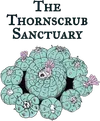
Nurturing the Unloved, Protecting the Undervalued.
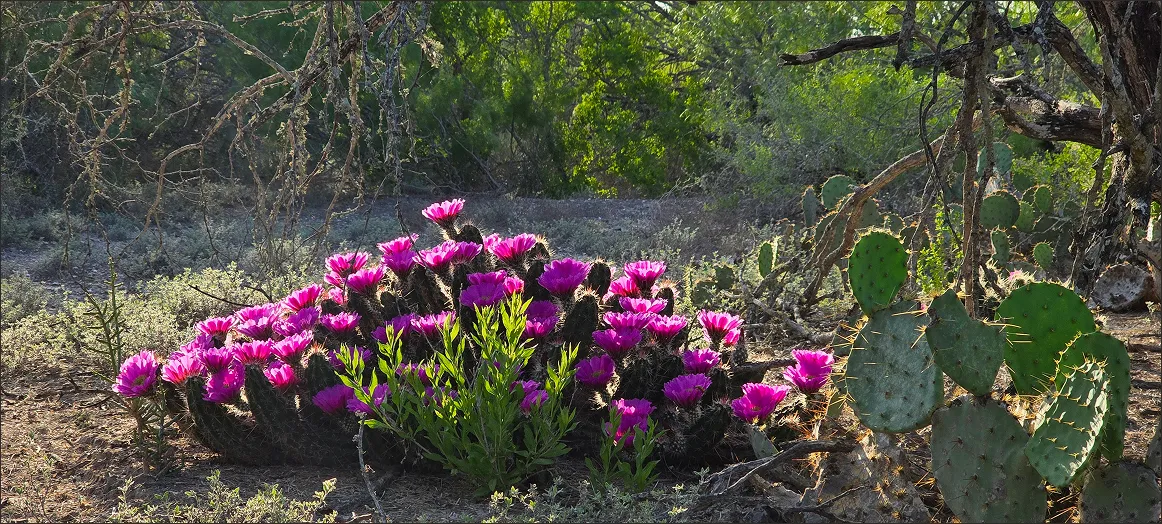
A grassroots effort to protect and restore native South Texas thornscrub — one of the most overlooked and threatened habitats in North America.
About the Land
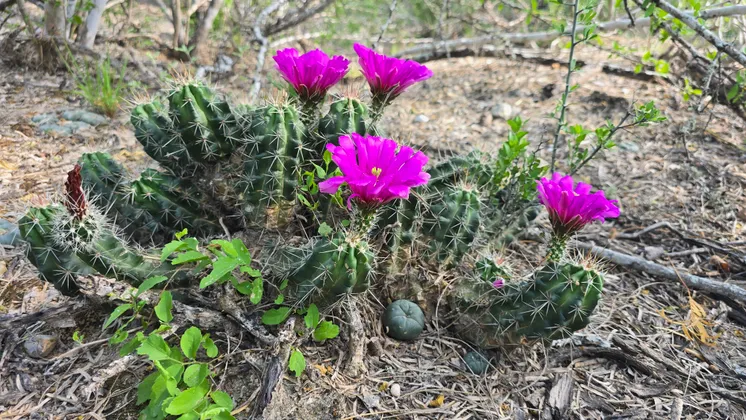
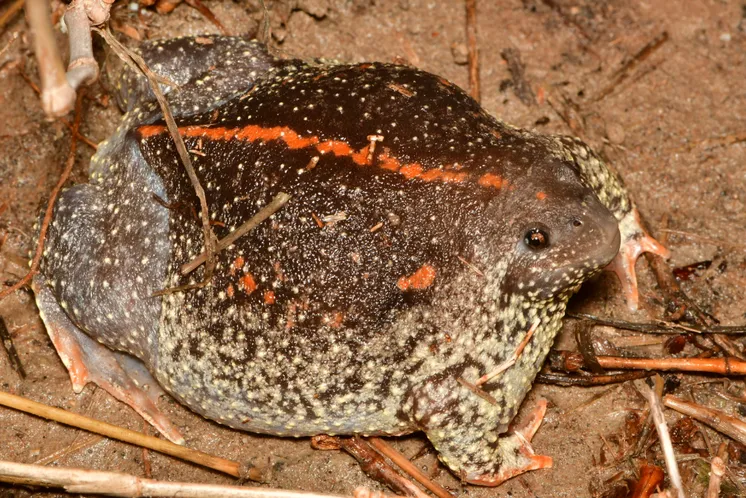

South Texas contains an unparalleled diversity of extremely unique and heat-tolerant plants found nowhere else in the United States. Sadly, this richness is both underappreciated by most who live here and understudied by those in fields of science. Thornscrub Sanctuary hopes to change that. Through active conservation, education and the support of scientific research, Thornscrub Sanctuary is working to further the studies of this unique habitat as well as protect what for too long has been underappreciated and easily discarded. Known to most in the region only as "brush" but to many Native Americans as "The Gardens" (as in: "The Peyote Gardens") the Thornscrub habitat contains a mixture of desert and subtropical plants adapted to calcareous, Caliche soils that are the weathered remnants of a Cretaceous Ocean. A living soil crust covers the grond along with river-tumbled cobbles that have been transported by an ancient Rio Grande from rock-bodies 300 miles to the West. Plants like Peyote, Texas Ebony, Guajillo, Blackbrush and the edible Coma comprise elements of the "living skin" of this unloved but beautiful landscape.
Our Vision: A Refuge for the Overlooked Wilds of Texas
A land sanctuary in the South Texas thornscrub — raw, quiet, and full of life. A long-haul project of restoration, respect, and native plant reverence.
Protecting the Land
- native plants
- restoring balance
- removing invasives
Here to Tend, Not Take
- fieldwork
- hands-on restoration
- Observation, Monitoring, Data Collection, Understanding
For Future Generations
- long-term land care
- seed collection & replanting
- persistent stewardship
Thornscrub Habitat, like all habitats, is a living machine that supports and enables life to thrive in the extreme climate of South Texas, one of the hottest places in the United States. Science and spiritual respect for habitat are not mutually exclusive - in most cases they are mutually important and necessary components for the responsible stewardship of the living skin of the Earth in any particular region. To properly care for land and ecosystem, one must understand how all the components of it function to support each other.
Scenes from the Sanctuary
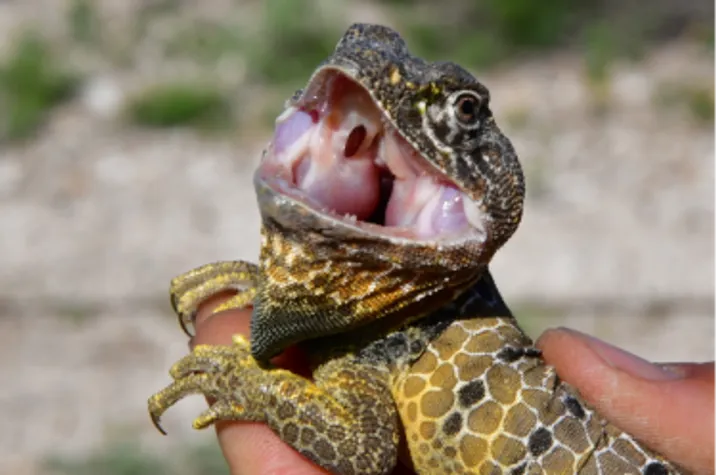
This lizard is native to South Texas and northeastern Mexico, known for its intricate pattern and bright breeding colors. It thrives in the brushy, semiarid habitats of the Tamaulipan thornscrub.
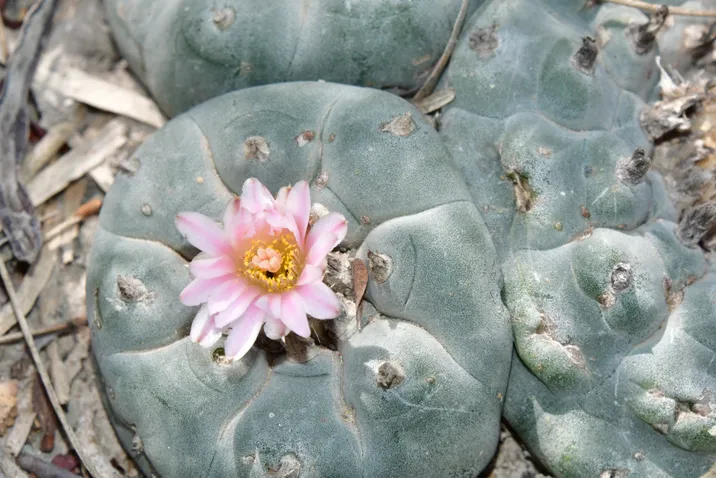
A small, spineless cactus with soft, button-like tops, sacred to many Indigenous cultures. It grows low in the rocky soils of South Texas and northern Mexico.
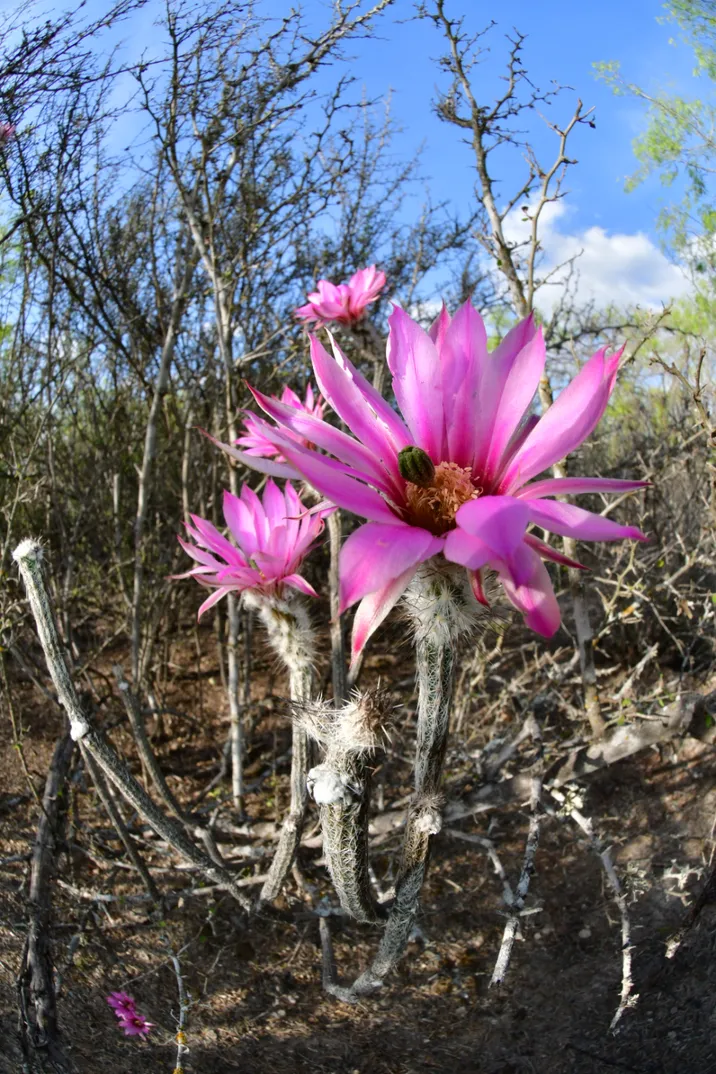
A slender, sprawling cactus with narrow stems that resemble green pencils. It blooms with striking magenta flowers in spring and thrives in sandy, coastal scrublands.
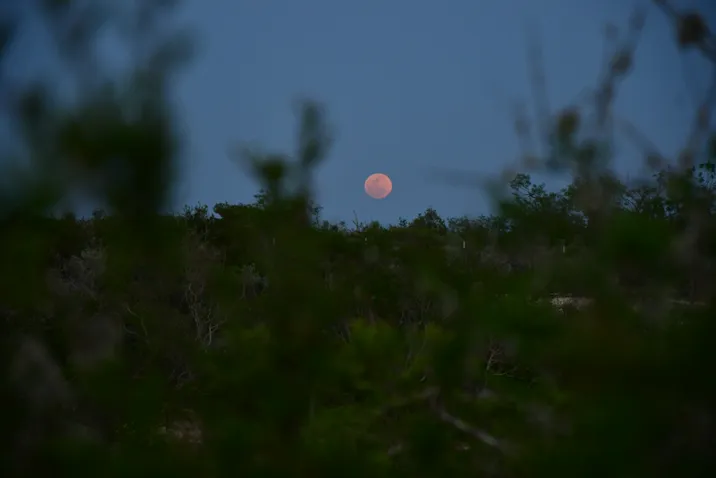
Sunset at Thornscrub.
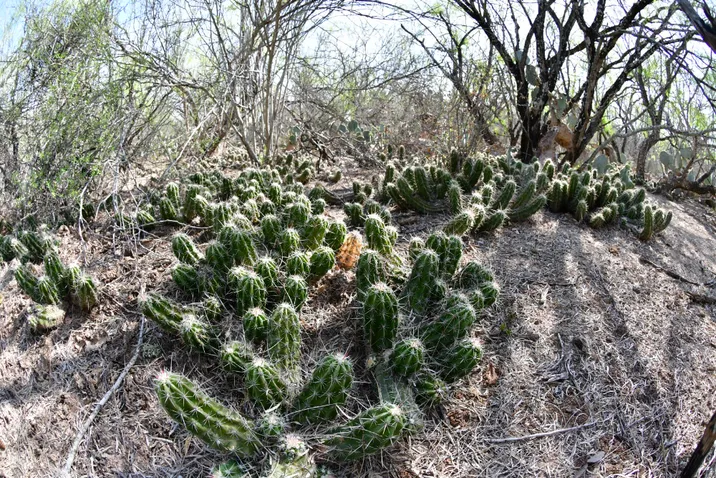
Echinocereus enneacanthus, thrives in the harsh, sunbaked soil.
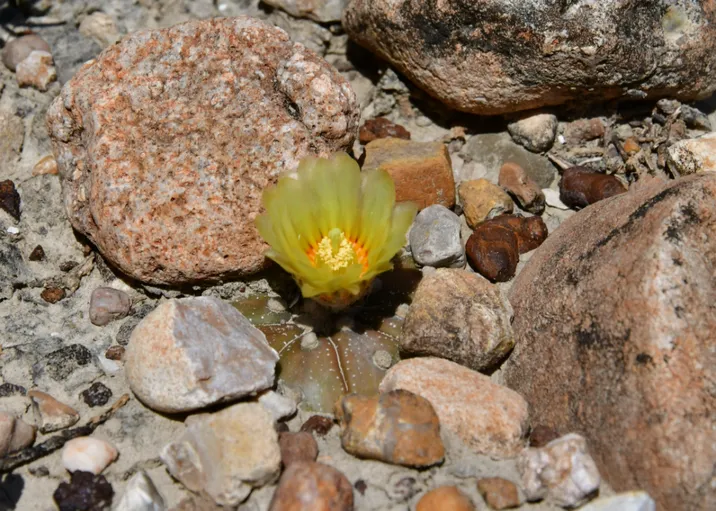
Astrophytum is not native to the land though it occurs 20mi south. We are actively planting that species on the land, using seedlings grown from South Texas native seed, as a for of ex-situ conservation.